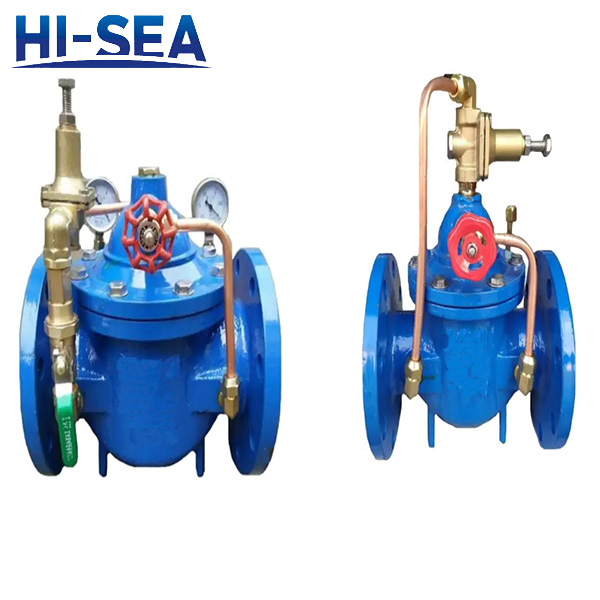
Water Conservancy Control Valve
Introduction:
The conservancy control valve is a valve controlled by water pressure. The conservancy control valve consists of a main valve and its attached conduits, pilot valves, needle valves, ball valves and pressure gauges. According to the purpose, function and place of use, it can be evolved into a remote control float valve, a pressure reducing valve, a slow closing check valve, a flow control valve, etc. Before installing the hydraulic control valve, check the filter to facilitate the requirements of sewage discharge. The water conservancy control valve is a self-lubricating valve body that uses water, and does not need to be lubricated with additional oil. The setting of the water conservancy control valve should also be on the pipeline where the medium flows in one direction.
Features:
1. High safety and reliability. It has three measures to eliminate water hammer: quick closing, slow closing and energy absorbing cavity, and the actions are completely interlocked, and no malfunction will occur.
2. No operation control required. When the pump starts and stops, the medium at both ends of the valve and its pressure difference are cleverly used as the driving medium and control power, so that the valve can automatically act according to the requirements of the pump operating procedures.
3. No need for professional debugging. The valve action is not affected by the liquid level height difference, the water outlet pressure and the change of the water pump flow rate, and has a wide range of adaptability.
4. Long service life.
5. The energy saving effect is obvious. The pressure at the inlet end is used to enter the lower cavity to support the weight of the diaphragm pressure plate and the valve stem, and the resistance loss is small.
Product Showing:
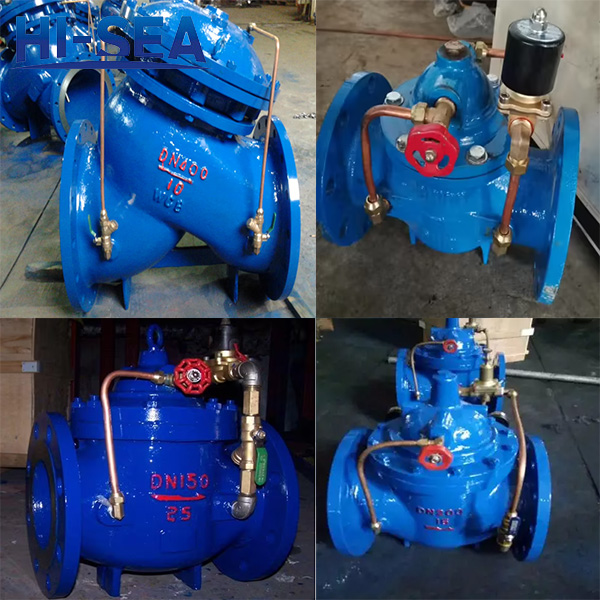


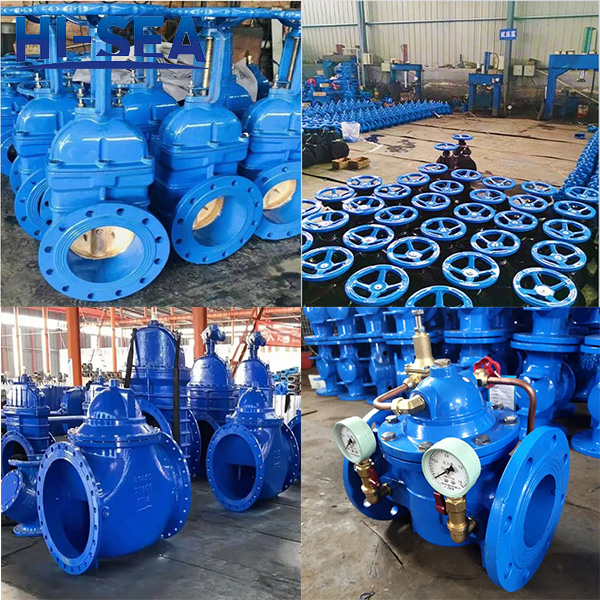

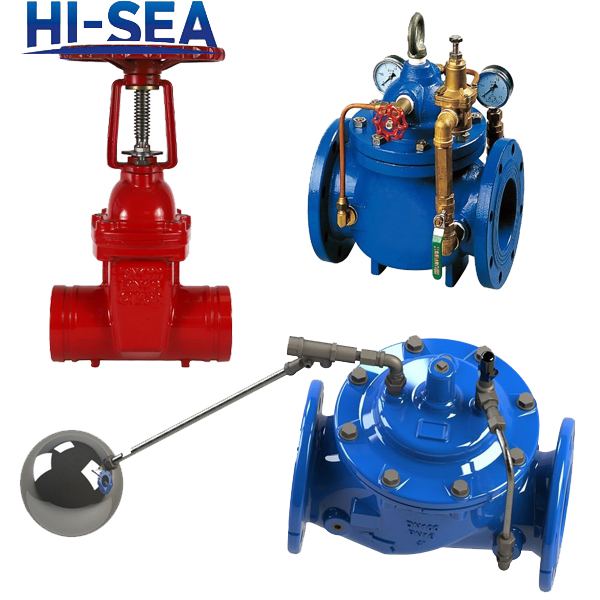
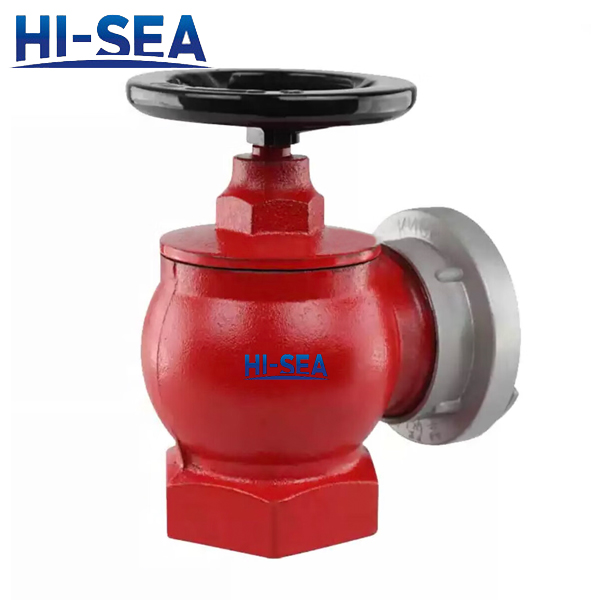
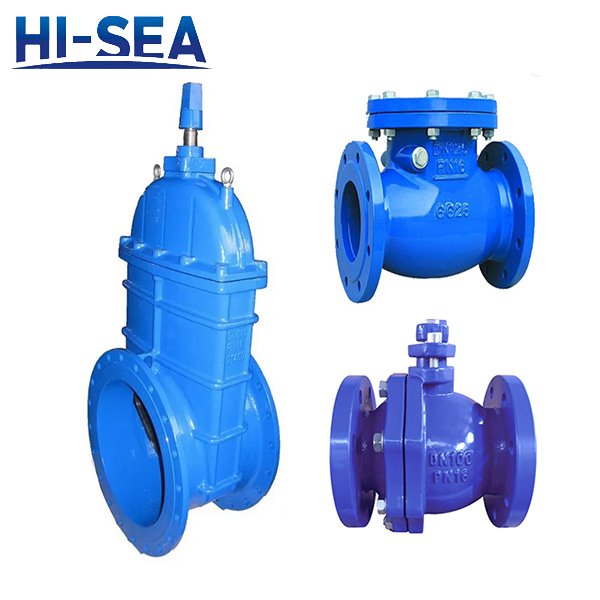
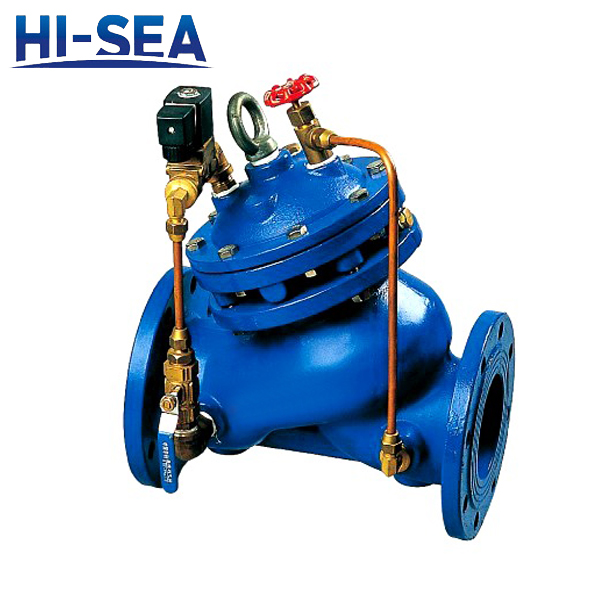
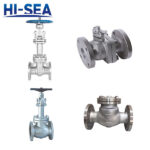 Application System of API Valves
Application System of API Valves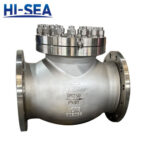 Key Points for Selecting Check Valves
Key Points for Selecting Check Valves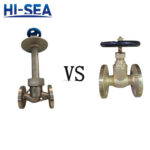 API valve vs Ordinary valve.
API valve vs Ordinary valve. Flue Gas Desulfurization Valve
Flue Gas Desulfurization Valve